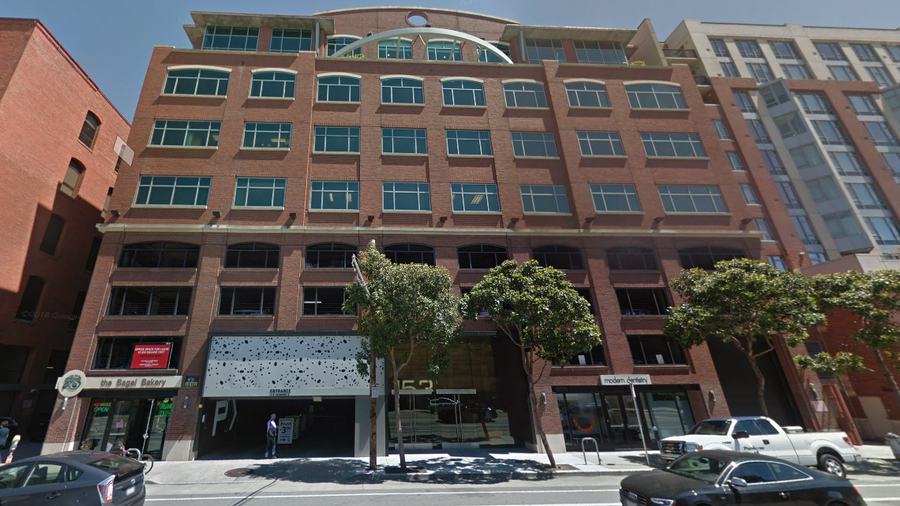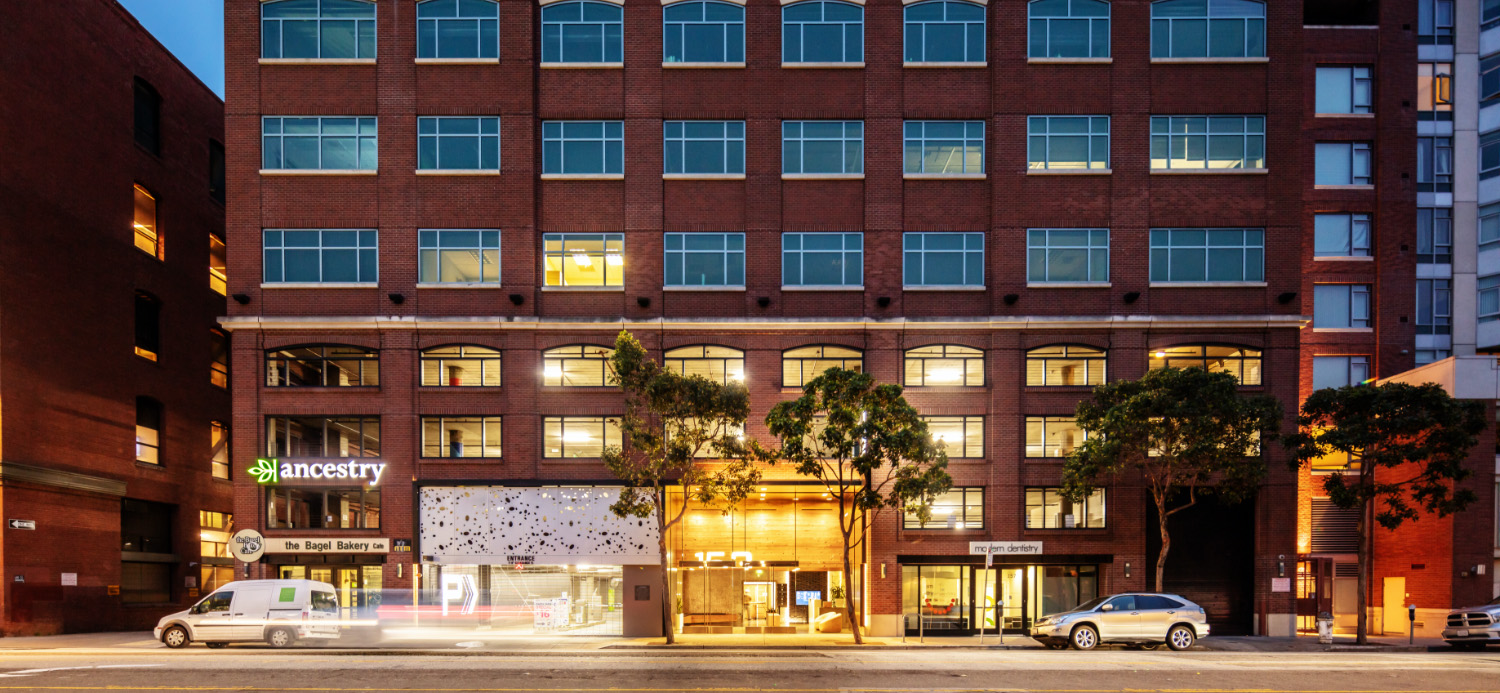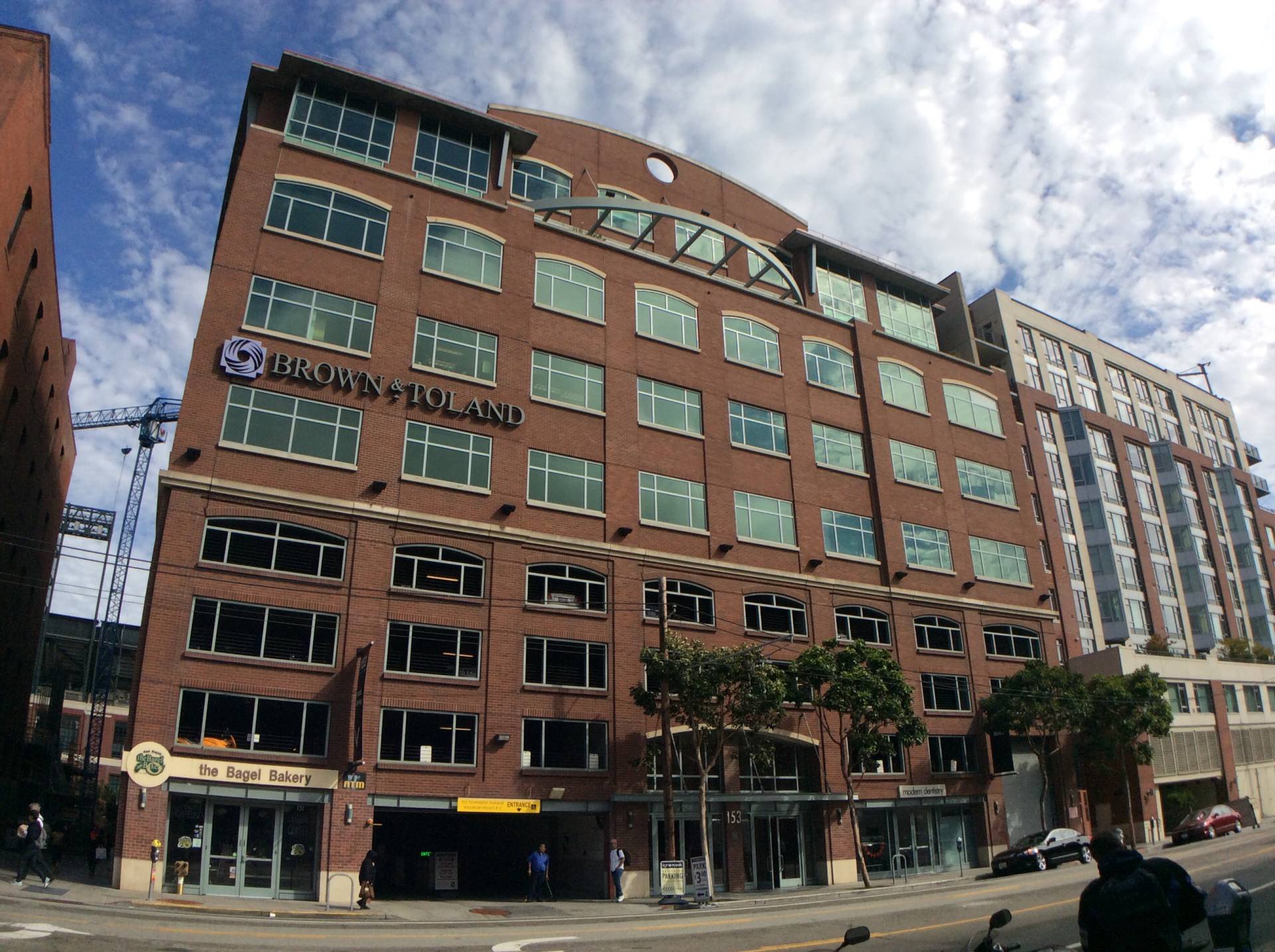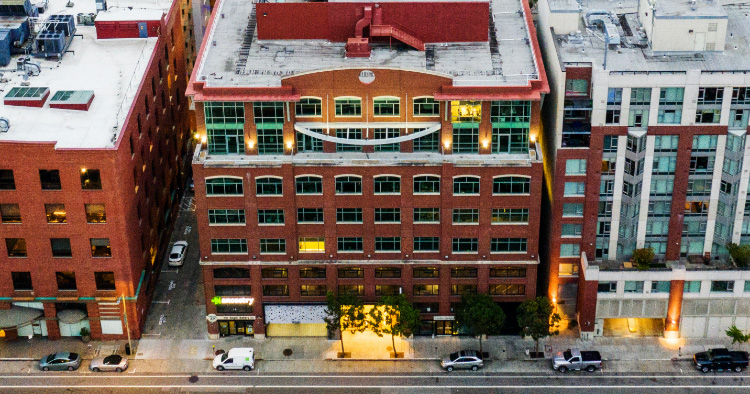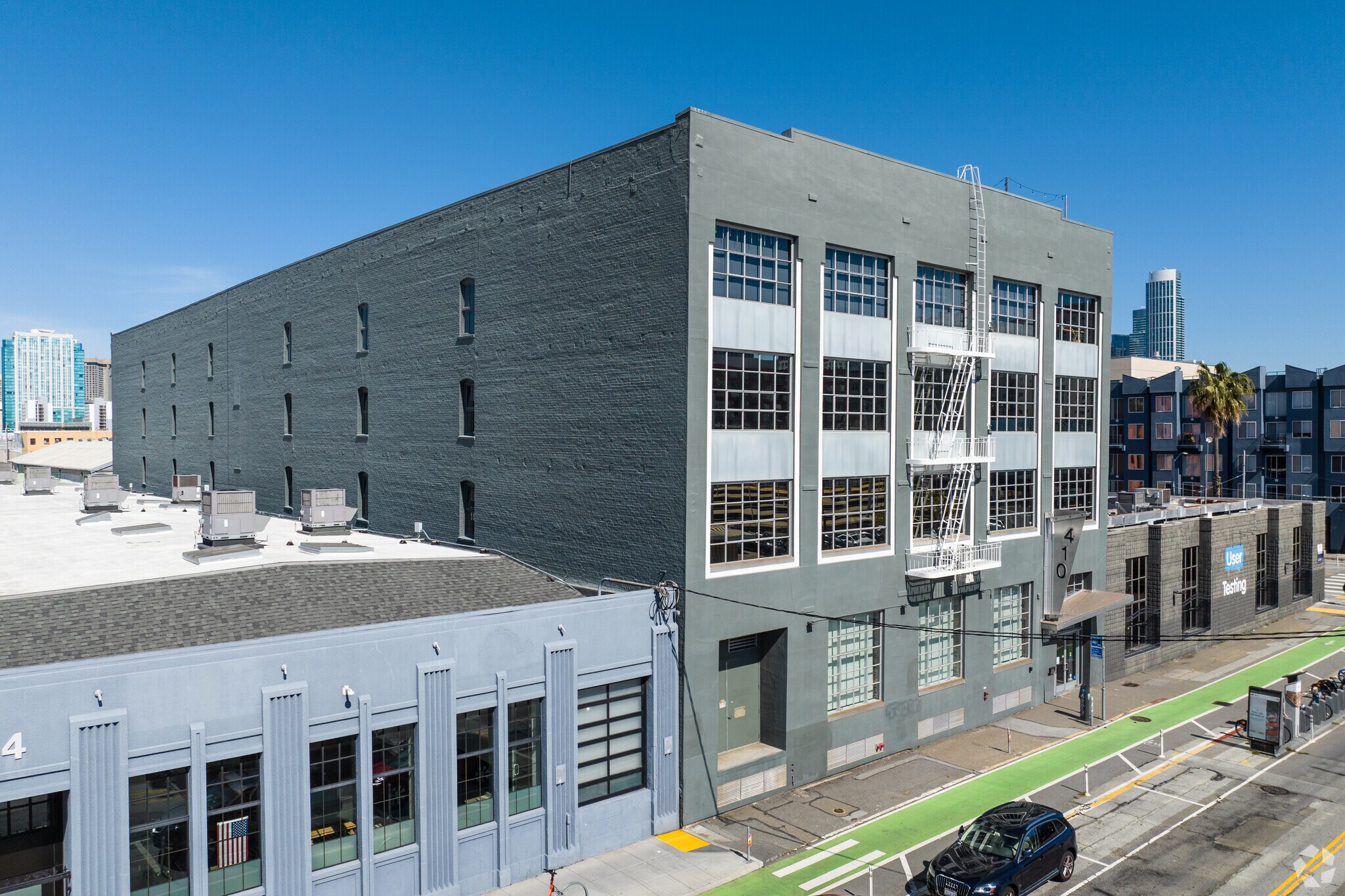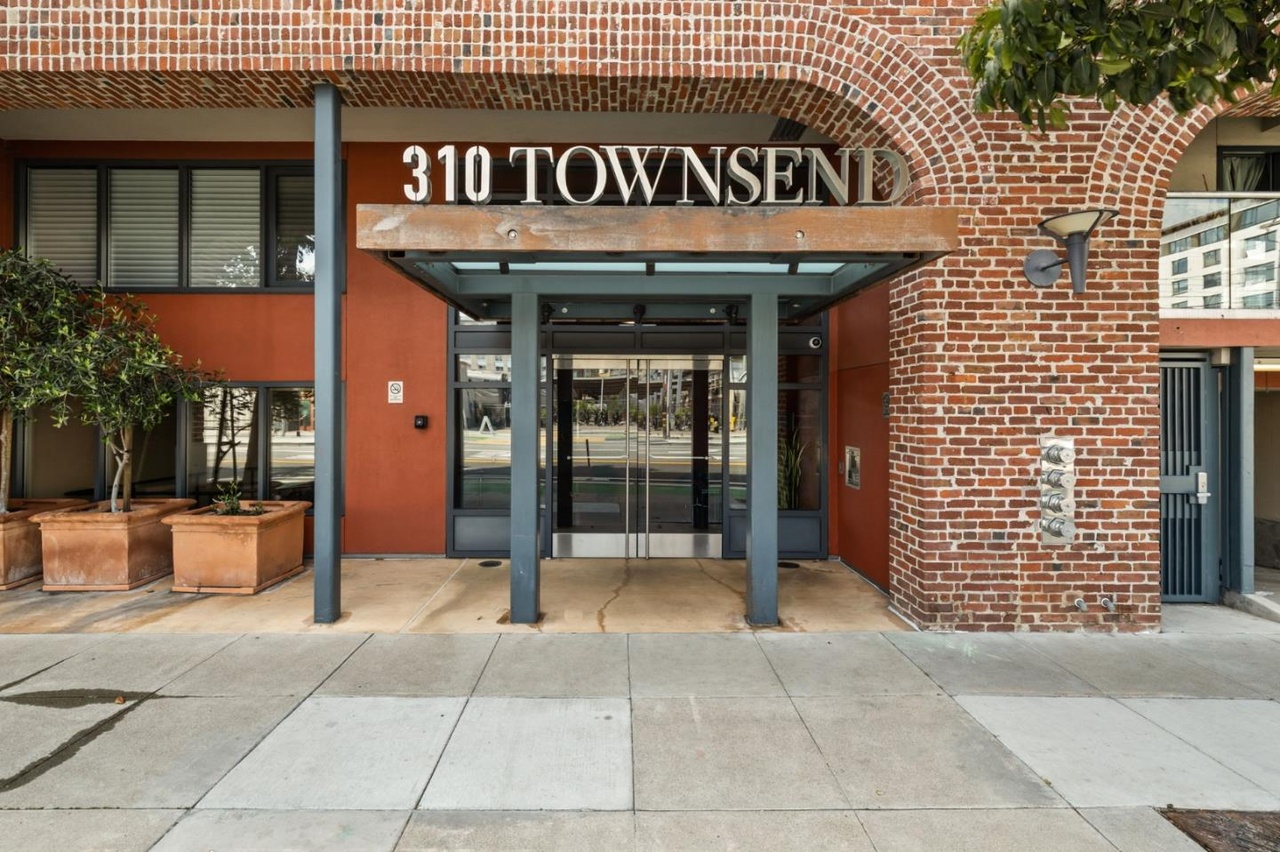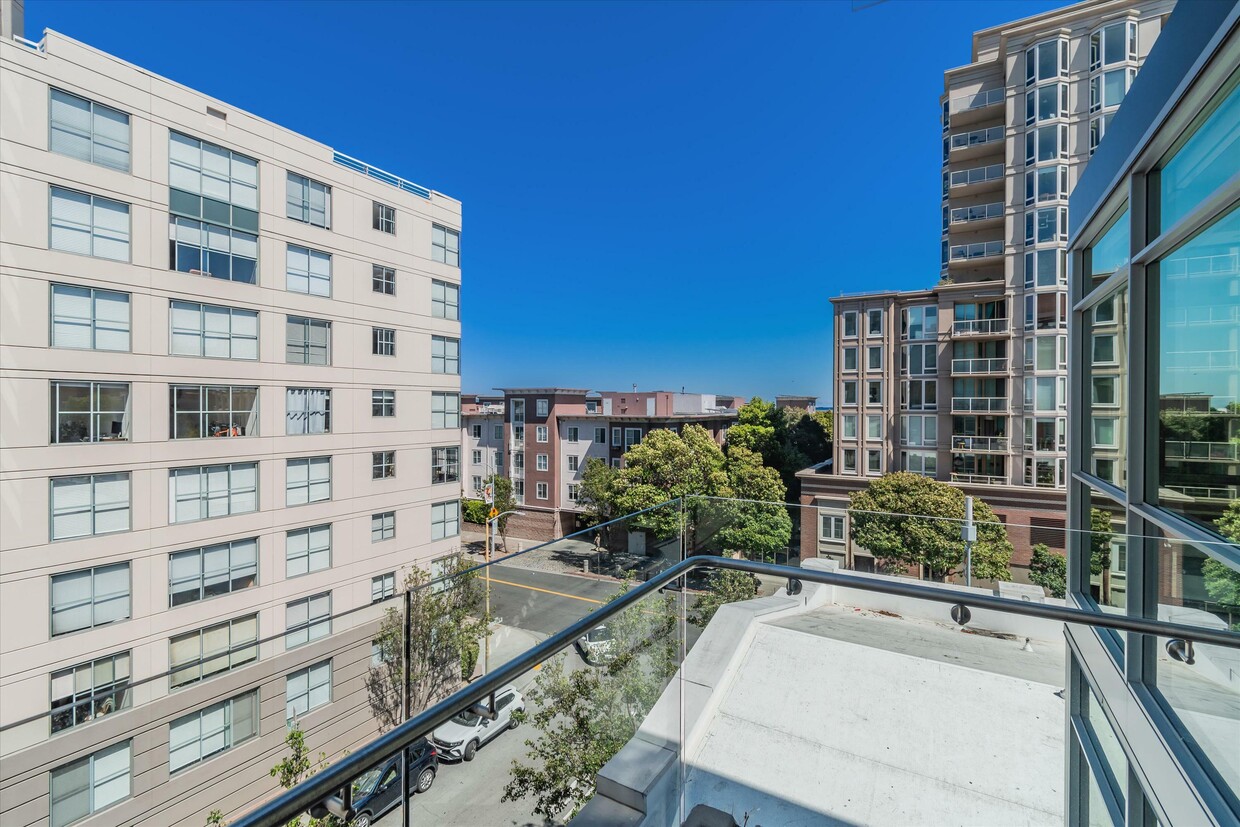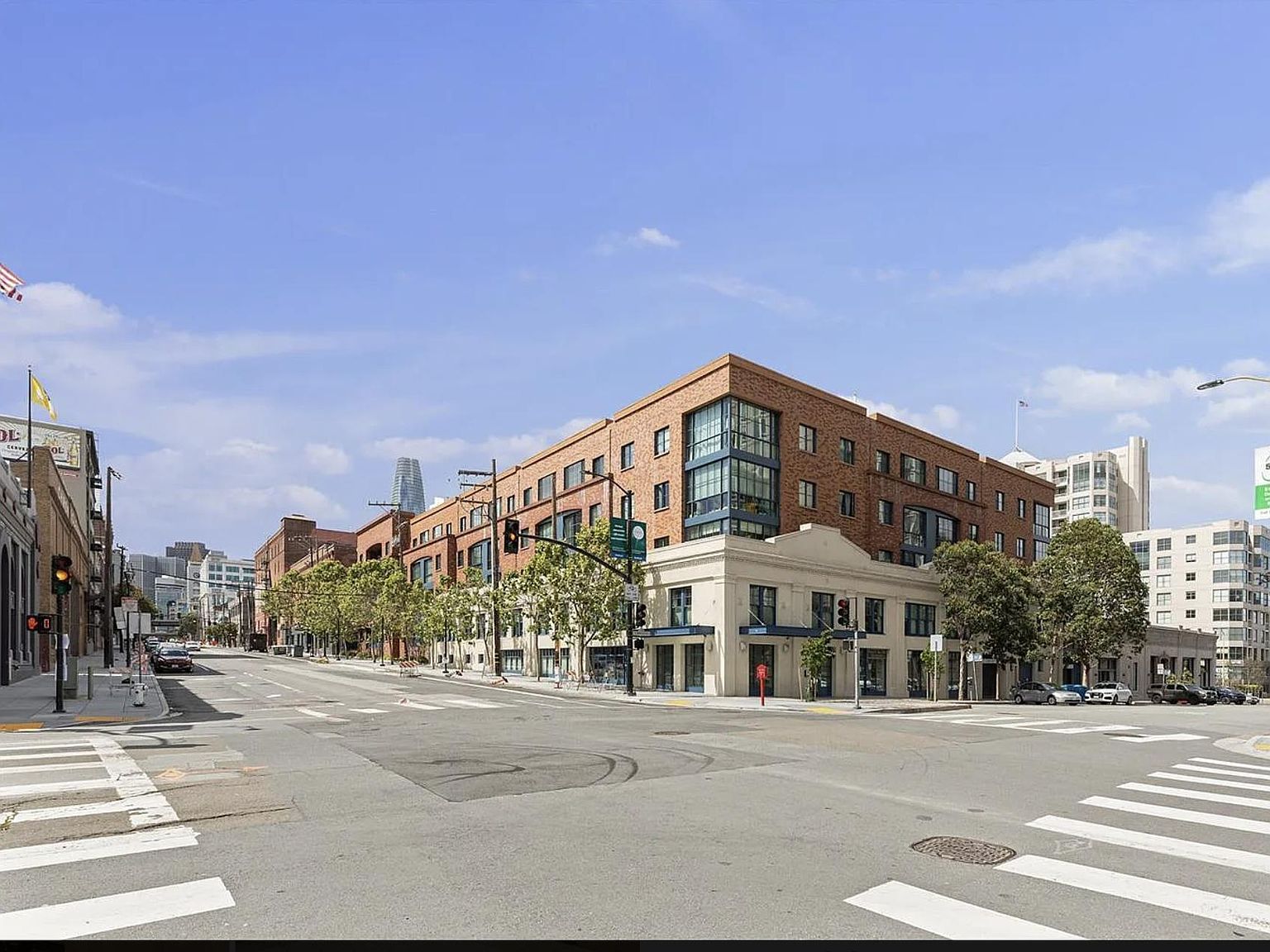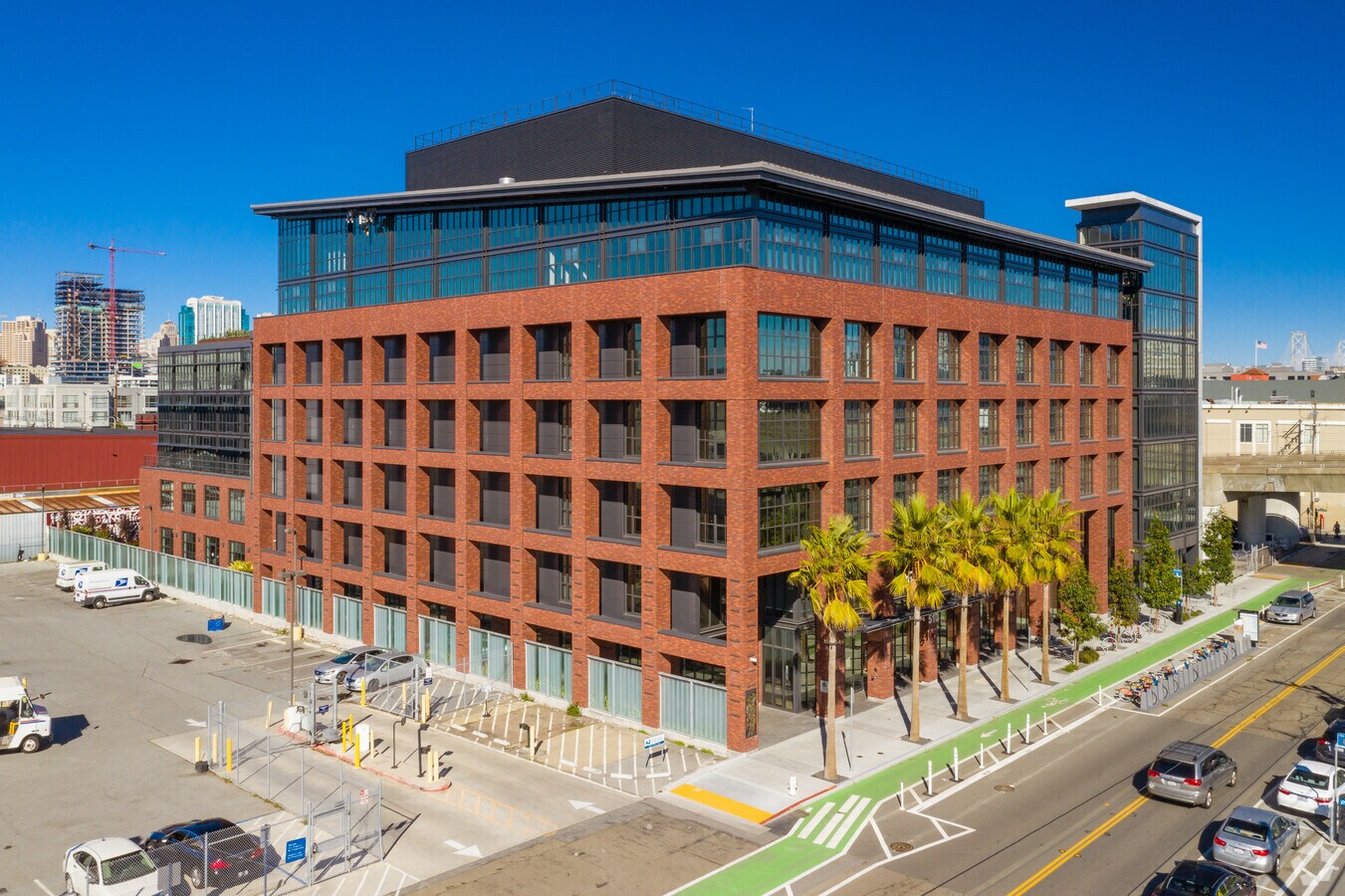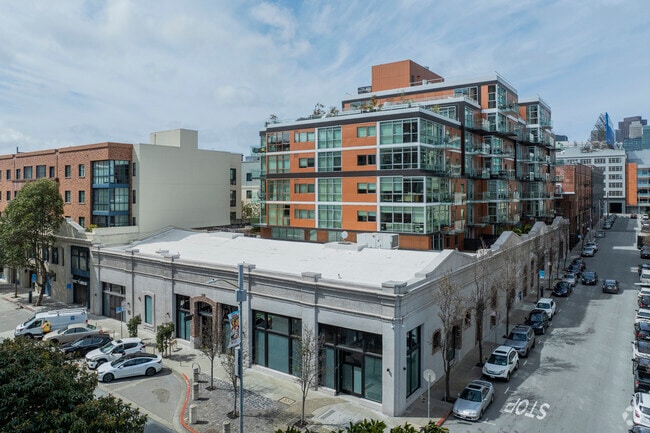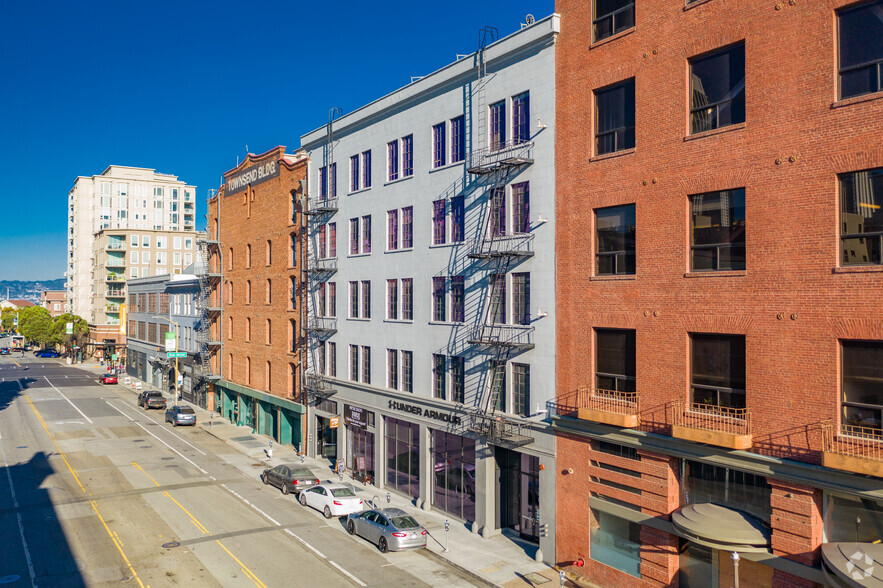153 Townsend St San Francisco Ca

San Francisco’s SoMa district is once again at the center of development speculation, this time focusing on the property located at 153 Townsend Street. The address, currently a low-rise commercial building, has become a focal point due to recent whispers of potential redevelopment plans.
This article explores the current state of 153 Townsend Street, the context surrounding its location, and the possible implications of any future development on the surrounding community and the city's evolving skyline. The situation underscores the continuous pressure on San Francisco's limited land resources and the complex interplay between economic growth and community needs.
Location and Current Status
153 Townsend Street sits in a rapidly changing section of SoMa. The area is characterized by a mix of historic warehouses, modern tech offices, and residential buildings.
Currently, the property houses a variety of businesses, reflecting the diverse economic activity present in the district. Specific tenant details are difficult to confirm without access to proprietary property management information.
The SoMa Context
SoMa, or South of Market, has undergone a dramatic transformation over the past few decades. Once an industrial and working-class neighborhood, it is now a hub for tech companies, residential developments, and cultural institutions.
This shift has led to rising property values and an increasing demand for both commercial and residential space. The development pressures are constantly reshaping the neighborhood's character.
The neighborhood's proximity to transportation hubs like Caltrain and BART makes it particularly attractive for developers and businesses looking to capitalize on accessibility.
Potential Redevelopment Scenarios
While concrete redevelopment plans for 153 Townsend Street have not been officially announced, several possibilities exist based on similar projects in the vicinity. Speculation centers around the potential for a mixed-use development incorporating office space, residential units, and ground-floor retail.
Given the area's zoning regulations, a high-rise structure could be feasible, significantly altering the current landscape. However, such a project would require navigating San Francisco's rigorous permitting process.
The city's planning department would likely scrutinize any proposal to ensure it aligns with the city's overall development goals and addresses community concerns.
Community Considerations
Any redevelopment of 153 Townsend Street would inevitably impact the surrounding community. Increased density could strain local resources like public transportation and parks.
Furthermore, concerns about affordability and displacement are prevalent in SoMa. New developments often lead to higher rents and property values, potentially displacing long-time residents and businesses.
Community groups and advocacy organizations often play a critical role in shaping development projects, pushing for affordable housing units, community benefits agreements, and other measures to mitigate negative impacts.
Economic Implications
The redevelopment of 153 Townsend Street would likely have significant economic implications for the city. Increased commercial space could attract new businesses and create jobs.
Additional housing units would contribute to the city's housing supply, though their impact on overall affordability remains a complex issue. Construction activity would also generate temporary employment opportunities.
The property tax revenue generated by the development would benefit the city's coffers, potentially funding public services and infrastructure improvements.
Navigating the Permitting Process
San Francisco's development process is known for its complexity and length. Obtaining the necessary permits and approvals can take years and often involves extensive community consultation.
Developers must address concerns related to environmental impact, traffic congestion, and neighborhood character. The process often involves multiple public hearings and negotiations with city officials and community stakeholders.
Ultimately, the success of any redevelopment project hinges on the developer's ability to navigate this complex process and build consensus among various stakeholders.
Conclusion
The future of 153 Townsend Street remains uncertain, but the property’s strategic location in a rapidly evolving neighborhood makes it a prime candidate for redevelopment. Any potential project will face scrutiny from the city and the community, as stakeholders weigh the economic benefits against potential social and environmental impacts.
The story of 153 Townsend Street is a microcosm of the larger forces shaping San Francisco's urban landscape, highlighting the ongoing tension between development pressures and community needs.
Ultimately, the outcome will depend on the developer’s vision, the city’s regulatory framework, and the ability of all parties to engage in constructive dialogue to create a project that benefits both the city and its residents.

